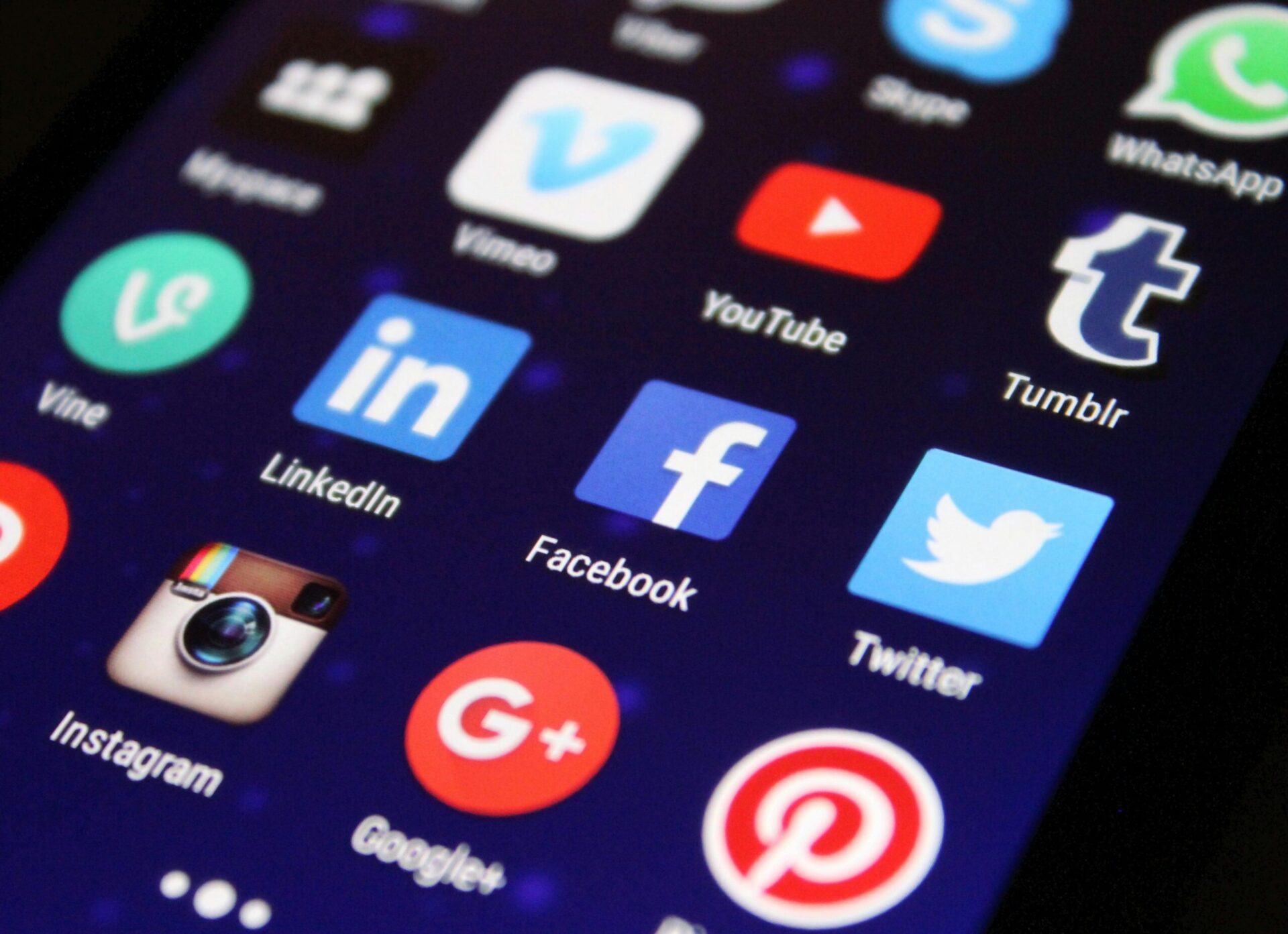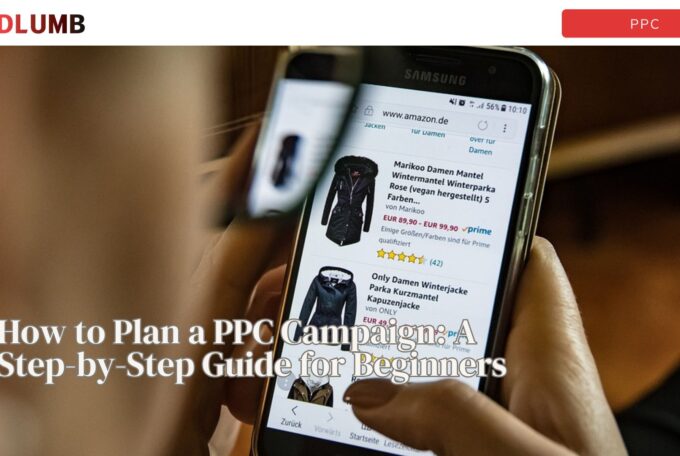As the digital landscape continues to evolve, businesses are constantly looking for innovative ways to reach their target audience and convert prospects into loyal customers. Digital media buying and creative ads are essential components of any successful marketing strategy, but navigating this complex terrain can be challenging. In this article, we’ll explore the benefits of digital media buying and creative ads, backed by data and real-life examples, to demonstrate how these strategies can take your marketing efforts to new heights.

Benefits of Digital Media Buying
- Increased Efficiency: Digital media buying enables businesses to optimize their ad spend by targeting the right audience at the right time. With sophisticated algorithms and real-time bidding, digital media buying delivers a higher ROI compared to traditional advertising methods.
- Greater Flexibility: Digital media buying offers the flexibility to change your ad strategy on the fly. Adjust your targeting, ad placements, and budget in response to market shifts, ensuring your ads are always relevant and effective.
- Detailed Analytics: Digital media buying platforms provide in-depth analytics, allowing you to measure the performance of your campaigns and make data-driven decisions. Gain insights into key metrics such as impressions, clicks, and conversions to optimize your strategy and achieve better results.
- Improved Targeting: Reach your ideal audience with precision through advanced targeting options. Digital media buying platforms allow you to target users based on demographics, interests, behaviors, and even specific websites or apps they use, ensuring your ads reach the most relevant prospects.
Here are some examples of popular digital media platforms and creative ads that have been successful in capturing audience attention and driving results:
Digital Media Platforms
a) Google Ads: Google’s advertising platform allows businesses to create and display ads across its search network and display network, reaching millions of users. Search ads appear next to organic search results, while display ads can be found on websites and apps that are part of the Google Display Network.
b) Facebook Ads: Facebook offers an extensive advertising platform that allows businesses to create targeted ads that appear on users’ news feeds or in the right-hand column. With over 2.8 billion monthly active users, Facebook ads provide an opportunity to reach a massive audience with various ad formats such as images, videos, carousels, and more.
c) Instagram Ads: Instagram, owned by Facebook, is a visual-centric social media platform that offers businesses the opportunity to create visually appealing ads in the form of images, videos, stories, or carousels. Instagram ads appear in users’ feeds or stories, enabling businesses to reach a highly engaged audience.
d) Twitter Ads: Twitter’s advertising platform allows businesses to create and display ads in the form of promoted tweets, accounts, or trends. These ads can help increase brand visibility, drive website traffic, and generate leads among Twitter’s user base.
e) LinkedIn Ads: LinkedIn, a professional networking platform, offers businesses the ability to create targeted ads that appear in users’ feeds or as sponsored InMail messages. LinkedIn ads are particularly effective for B2B marketing and reaching a professional audience.
Creative Ad Examples:
a) Spotify’s “Thanks 2016, It’s Been Weird” Campaign: Spotify used data-driven insights to create a series of humorous and relatable ads that highlighted users’ unique listening habits. The campaign’s engaging content and visually appealing design resonated with audiences, driving significant social media engagement and brand awareness.
b) Apple’s “Shot on iPhone” Campaign: Apple leveraged user-generated content by showcasing stunning photos and videos taken by iPhone users in their ads. This campaign not only demonstrated the iPhone’s camera capabilities but also created an emotional connection with the audience by featuring real-life moments and experiences.
c) Airbnb’s “Live There” Campaign: Airbnb’s creative ads showcased authentic local experiences in various destinations, encouraging users to live like locals when they travel. The campaign used high-quality images, videos, and storytelling to engage users and inspire them to book unique accommodations and experiences through the platform.
d) Dove’s “Real Beauty Sketches” Campaign: Dove challenged societal beauty standards with their creative ad campaign, featuring a forensic artist who drew portraits of women based on their self-descriptions and how others described them. The campaign highlighted the gap between self-perception and reality, sparking a conversation about self-esteem and body image while promoting Dove’s brand values.
e) Old Spice’s “The Man Your Man Could Smell Like” Campaign: Old Spice’s humorous and memorable ad featuring the “Old Spice Guy” quickly went viral, garnering millions of views and a massive social media following. The campaign’s unique concept and engaging content helped revitalize the brand and connect with a new generation of consumers.
Table 1: Key Metrics for Evaluating Digital Media Buying Campaigns
| Metric | Description | Importance |
|---|---|---|
| Impressions | The number of times an ad is displayed | Indicates the visibility and reach of your campaign |
| Clicks | The number of times users click on your ads | A measure of user engagement and interest in your ad message |
| Conversions | The number of desired actions completed by users | A key indicator of campaign success, such as sales, sign-ups, or downloads |
| Cost per Click | The average cost per click on your ads | A measure of advertising cost efficiency |
| Return on Ad Spend | The revenue generated for every dollar spent on ads | A critical metric for evaluating the profitability of your advertising efforts |
Creative Ads: The Key to Captivating Your Audience
- Brand Storytelling: Creative ads allow you to tell your brand’s story in a compelling and engaging manner. By weaving a narrative around your products or services, you can create an emotional connection with your audience and foster brand loyalty.
- Attention-Grabbing Visuals: High-quality visuals are essential for capturing your audience’s attention in the crowded digital space. Creative ads that utilize stunning imagery, animations, or video can leave a lasting impression and improve ad performance.
- Personalization: Personalized ads resonate more with your target audience, leading to higher engagement and conversion rates. Creative ad strategies that incorporate user data, such as browsing history or demographic information, can deliver a more relevant and tailored message to each viewer.
- Memorable Messaging: Creative ads with catchy headlines, thought-provoking taglines, and persuasive copy can leave a lasting impact on your audience. A well-crafted message can evoke emotions, spark curiosity, and drive users to take action.
Table 2: Comparison of Common Ad Formats and Their Impact on Marketing Goals
| Ad Format | Engagement | Brand Awareness | Conversion |
|---|---|---|---|
| Display Ads | Medium | High | Medium |
| Social Media Ads | High | High | High |
| Video Ads | High | High | Medium |
| Native Ads | Medium | Medium | High |
| Sponsored Content | Medium | Medium | High |
Creative Ad Strategies: How to Stand Out from the Crowd
Creating ads that stand out in the saturated digital landscape can be challenging. However, by incorporating unique concepts, eye-catching designs, and storytelling, you can capture your target audience’s attention and drive them to take action. Here are some key factors to consider when developing a creative ad strategy:
a) Emotional Appeal: People tend to remember ads that evoke strong emotions. By creating ads that tap into emotions such as joy, sadness, or excitement, you can forge a lasting connection with your audience.
b) Visual Appeal: High-quality images, vibrant colors, and visually engaging designs can draw your audience’s attention and encourage them to engage with your ads.
c) Relevance: Ensure that your ad content is relevant to your target audience’s needs and preferences. Tailor your messaging and creative elements to address their pain points and highlight the unique benefits of your products or services.
d) Consistency: Ensure consistency across all ad formats and platforms. By maintaining a uniform brand identity and messaging, you can create a cohesive brand experience that fosters trust and credibility.
e) Call-to-Action: Include a clear and compelling call-to-action (CTA) in your ads to prompt your audience to take the desired action, such as signing up for a newsletter, downloading a whitepaper, or making a purchase.
Measuring the Success of Your Digital Media Buying and Creative Ad Campaigns
Tracking the performance of your digital media buying and creative ad campaigns is crucial for optimizing your strategy and ensuring a high return on investment (ROI). Here are some key metrics to monitor:
a) Click-through Rate (CTR): This metric indicates the percentage of users who clicked on your ad after seeing it. A higher CTR suggests that your ad is effectively capturing your audience’s attention and driving them to take action.
b) Conversion Rate: This metric measures the percentage of users who completed a desired action after clicking on your ad. A high conversion rate indicates that your ad messaging and creative elements are resonating with your audience and driving them to take action.
c) Return on Ad Spend (ROAS): ROAS is a crucial metric for measuring the effectiveness of your digital media buying strategy. It calculates the revenue generated by your ad campaign divided by the total ad spend. A high ROAS indicates that your campaign is generating a strong return on investment.
d) Cost per Acquisition (CPA): This metric calculates the average cost of acquiring a customer through your ad campaign. A lower CPA indicates that your campaign is cost-effective and generating a high ROI.
e) Engagement Metrics: Engagement metrics, such as likes, shares, comments, and view-through rates, provide insights into how users are interacting with your ads. High engagement levels suggest that your creative ad strategy is resonating with your target audience.
By incorporating these best practices into your digital media buying and creative ad campaigns, you can elevate your marketing strategy and drive tangible results. While the digital landscape is constantly evolving, staying informed, adaptive, and data-driven will position your brand for long-term success. Remember, the key to a successful campaign lies in understanding your audience, investing in the right channels and ad formats, developing creative and engaging ad content, and continuously monitoring and optimizing your performance
Moiz Banoori is a Digital Marketing specialist with over eight years of experience in content creation and digital journalism. He leads teams at various brands and focuses on developing effective SEO strategies that enhance online visibility. With a degree in journalism, Moiz combines his passion for storytelling with technical skills to deliver innovative digital solutions at REDLUMB, helping clients achieve their online goals in a competitive landscape.



![What is PPC in Digital Marketing? [Comprehensive Overview]](https://redlumb.ae/wp-content/uploads/2024/11/REDLUMB-Template-12-680x456.jpg)
